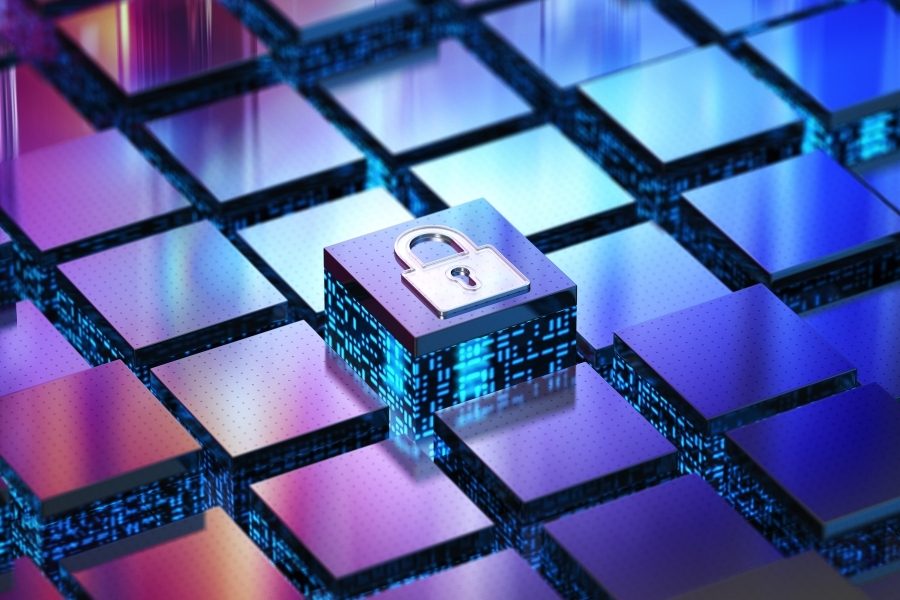
In today’s digital age, educational technology (EdTech) plays a pivotal role in safeguarding sensitive school data. Whether educators are navigating remote work setups or traditional classrooms, ensuring robust cybersecurity measures is essential. Recent headlines about data breaches in the education sector serve as stark reminders of the importance of data security. While FACTS is guarding your most important information with industry-best security measures, here are some ways you can practice cybersecurity best practices every day.
Implement a Data Classification Policy for Enhanced Cybersecurity
Establishing a data classification policy ensures that sensitive information receives the appropriate level of protection. By categorizing data based on its sensitivity, schools can tailor security measures accordingly. For instance, financial records and student health information demand stringent encryption and restricted access, while public data like newsletters may require less stringent measures.
Strengthen Network Security and Access Controls
With the proliferation of EdTech tools and remote learning, evaluating network security measures becomes paramount. Educators must assess equipment and network access for both on-site and remote work setups. Deploying Virtual Private Network (VPN) solutions and emphasizing secure Wi-Fi network usage fortify defenses against cyber threats, ensuring data integrity and confidentiality.
Enforce a Clean Desk Policy for Physical Data Security
In the era of remote work, ensuring physical data security poses unique challenges. Educators must designate secure workspaces and adhere to clean desk policies to safeguard physical documents and devices. By setting clear boundaries and refraining from sharing workspace images, potential security breaches are mitigated, bolstering overall data protection efforts.
Heighten Awareness and Training Initiatives
Regular training sessions on data classification, protection protocols, and cybersecurity best practices are essential for educators and staff. Particularly for departments handling sensitive data like admissions and financial aid, increased vigilance is critical. Reinforcing password policies, emphasizing data storage security, and promoting adherence to transmission protocols contribute to a robust cybersecurity posture.
Incorporating these cybersecurity measures not only ensures data protection but also fosters trust among stakeholders. As educators navigate the complexities of EdTech integration, prioritizing cybersecurity safeguards the integrity of educational operations and upholds the trust of students, parents, and school leadership.


